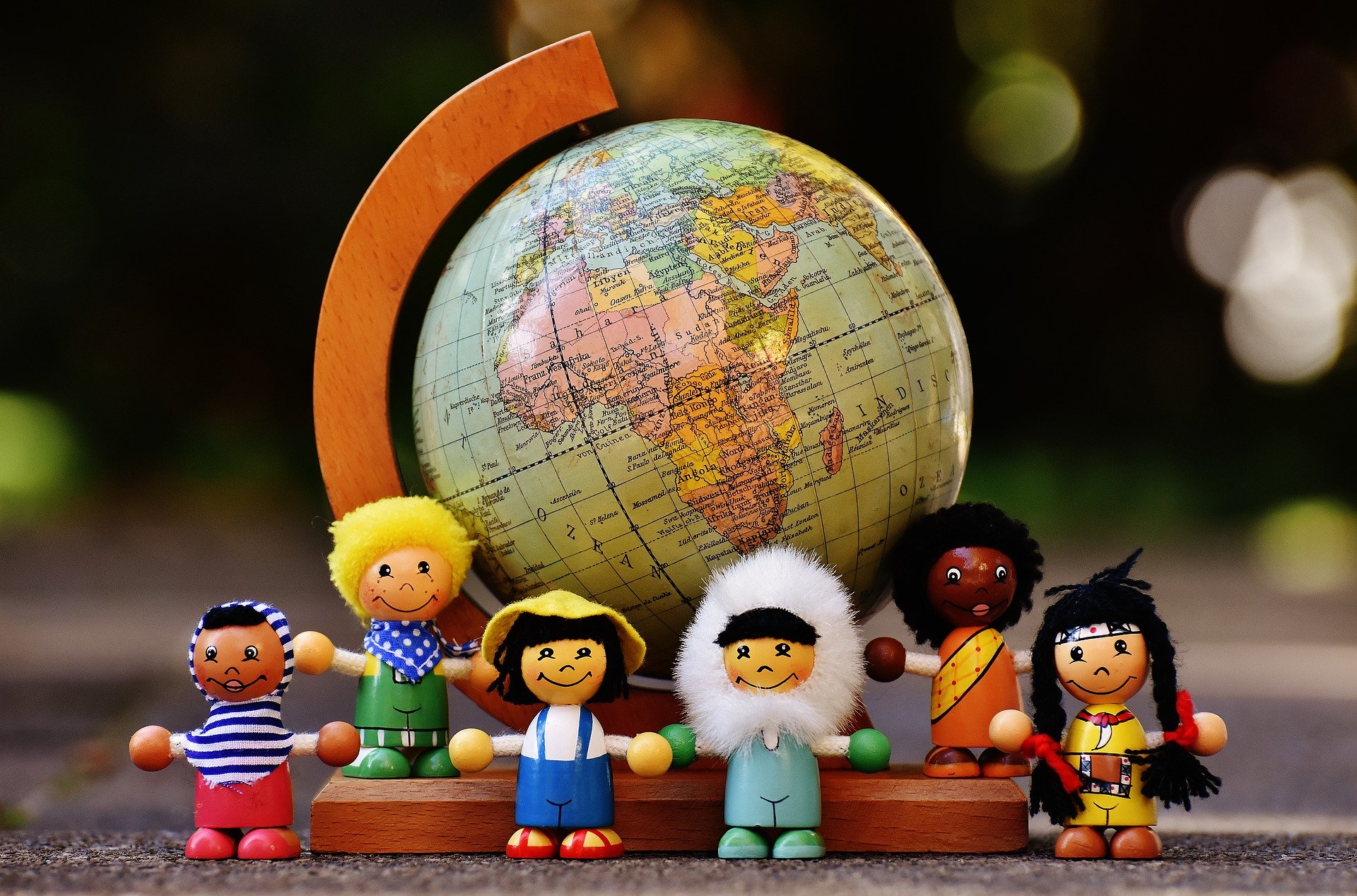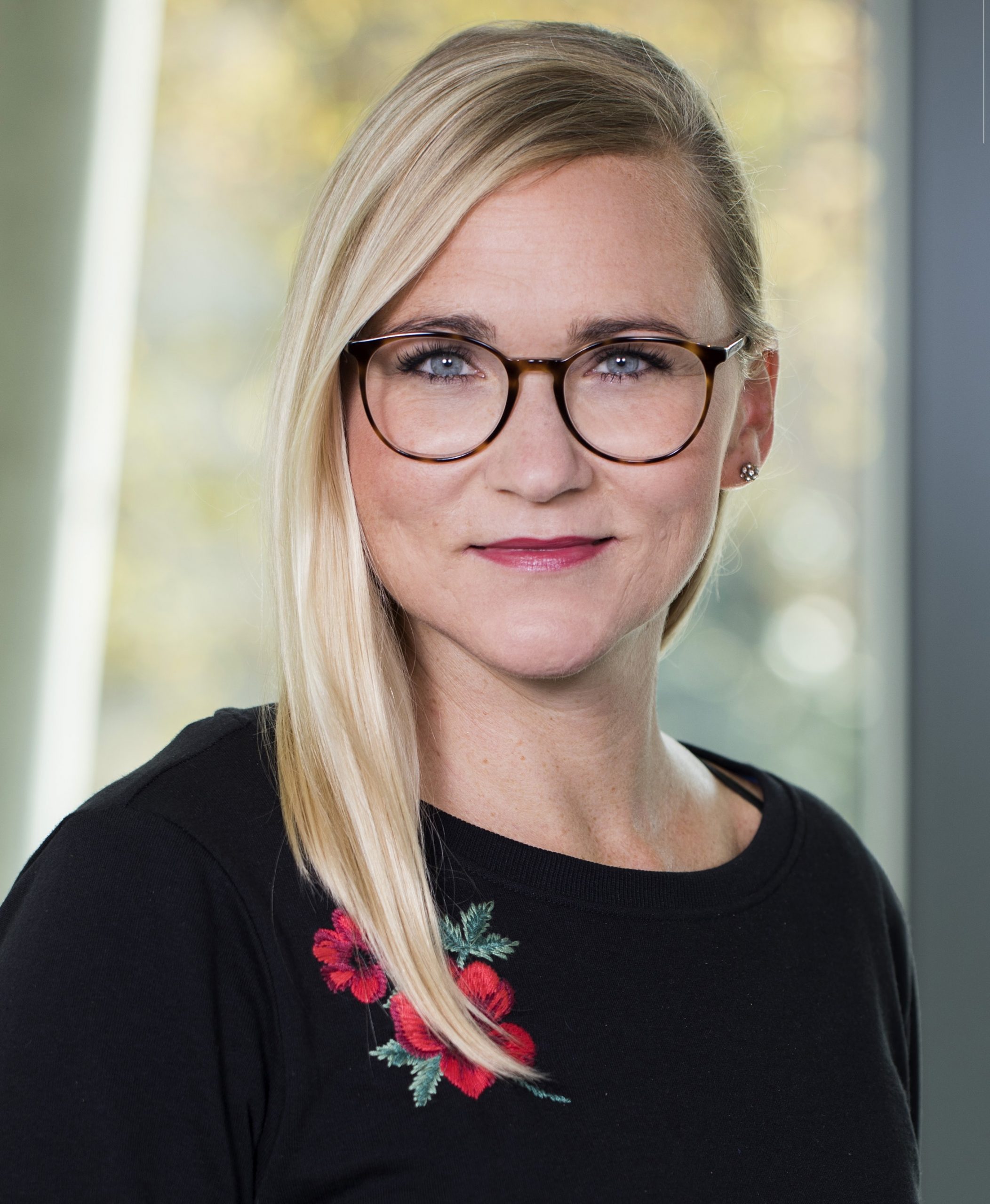Key takeaways from a #virtualspacehero LinkedIn LIVE
07.07.2020 | 18:15 CET
Diversity & Innovation: Challenging unconscious bias
Virtual Discussion on #letstalkbias #unconsciousbias #stereotypes #reflection
with Livingstone Thompson | Living Cultural Solutions (Ireland/Jamaica), Shiva Roofeh (USA/Spain) & Barbara Covarrubias Venegas #virtualspacehero (Spain/Austria)
This LinkedIn LIVE featured the Academy for Diversity & Innovation https://www.diversityinnovation.academy
“It’s not at all hard to understand a person, it’s only hard to listen without bias.” (Criss Jami, Killosophy).
Studies show that we automatically (sometimes even only in a couple of seconds) judge a person’s appearance, the way they are dressed, gender, their body language, and often someone’s skin color (Yale study 2019). This is our brain working to our disadvantage.
Let’s face it: we all have our unconscious biases. But, the important question is: How can we recognize our biases? How can we challenge our biases? How can we build up to more diversity and inclusion?
In this #virtualspacehero #LinkedIn live with Livingstone Thompson, Shiva Roofeh and Barbara Covarrubias Venegas, we have been discussing these questions and reflected on unconscious biases.
🎥 💻 If you want to watch the LinkedIn LIVE recording, here you go
Thinking, Fast and Slow: what is unconscious bias?
„Our cognitive processes require us to generalize (cognitive economy). But, the challenge often is that we go beyond generalization, which can lead to stereotypes and negative assumptions about a group of people.“ (Barbara Covarrubias Venegas)
“Thinking, Fast and Slow” is a best-selling book published in 2011 by Nobel Memorial Prize in Economic Sciences laureate Daniel Kahneman. Kahnemann’s central thesis is a dichotomy between two modes of thought: “System 1” is fast, instinctive and emotional; “System 2” is slower, more deliberative, and more logical. The book delineates cognitive biases associated with each type of thinking, starting with Kahneman’s own research on loss aversion.
Automatic judgments stem from associations stored in memory ( System 1). It can be dangerous to rely too heavily on System 1. Instead we should logically work through the information that’s available. No doubt, System 1 is critical to survival. It’s what makes you swerve to avoid a car accident. But as the psychologist Daniel Kahneman has shown, it’s also a common source of bias that can result in poor decision making, because our intuitions frequently lead us astray. Other sources of bias involve flawed System 2 thinking—essentially, deliberate reasoning gone awry. Cognitive limitations or laziness, for example, might cause people to focus intently on the wrong things or fail to seek out relevant information. (Soll, Milkman, Payne 2015)
Bias is very much related to decision making: But, how do we make decisions? We can either decide to do something automatically without thinking. Or, taking decisions after carefully analysing the consequences. Most of our decisions and behaviour depend on our previous experiences and stories. That is our default baggage. We apply all the knowledge we have gathered throughout our life without thinking about it. You can call it an automatic response, a gut feeling, or default baggage, as Livingstone Thompson calls it. Experiences and assumptions developed over time surface when we need to make a decision and unconsciously influence us.
„When we learn how to ride a bike, we just do it because it becomes an automatic movement that we know how it operates. So, we don’t have to think about it anymore. It just happens.“ (Livingstone Thompson)
„That’s where the danger is. When you are running on your default system the actual information becomes secondary to what you are already bringing with you. Very often we don’t even see the information or realize that the current situation is different from our past experiences. We are just on autopilot.“ (Shiva Roofeh)
There is no baggage free person. Our baggage becomes part of our narrative. But, that is not necessarily a bad thing. The only bad thing is if we don’t realize that we all have our baggage / our biases. Bias is not a category that is morally or ethically bad, but it becomes dangerous when we lose awareness of it.
„Reflecting on our biases is very important. But, the reflective capacity is something we constantly need to develop and also make time for reflection in our everyday’s lives. One of the main challenges in today’s society is that we are all very busy. We have to force ourselves to take that time and so that we reflect on ourselves.“ (Barbara Covarrubias Venegas)
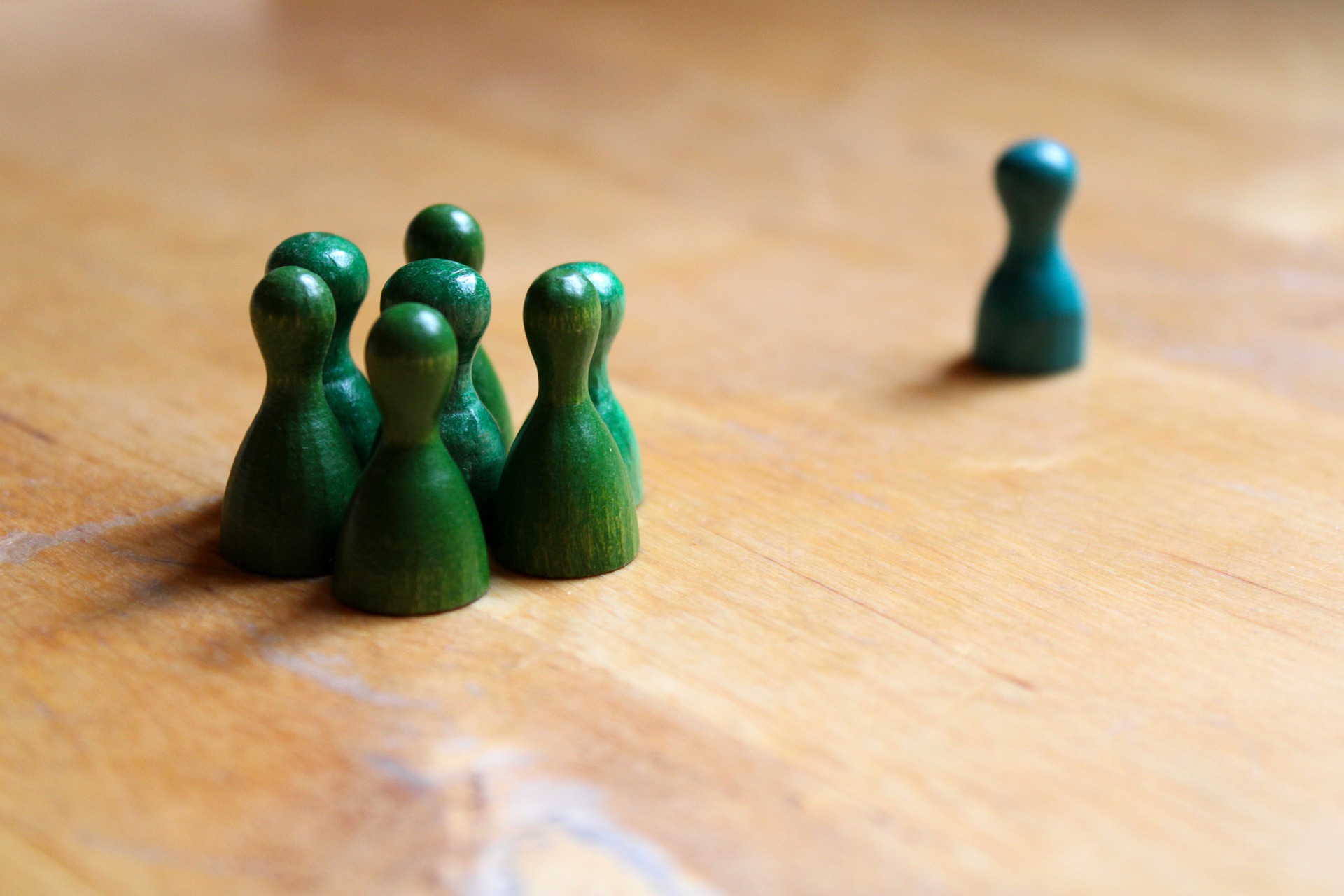
But, how can I reflect on my biases?
💡 Notice when you are surprised. This is the easy way to see if you have expected something else, especially from a person.
💡Notice your discomfort. Being uncomfortable about something or someone can lead us to our assumptions we make about people.
💡 Be aware of physical signs. In a situation of surprise or discomfort our body reacts differently. We might feel our heartbeat fasten, or our hands are sweating, or we experience feelings such as anger, anxiety, blaming others.
💡 Analyse your feelings. Why were you surprised? Why do you feel uncomfortable? What was the expectation you had that wasn’t met? What’s behind it?
💡 Reflect. Take your time to reflect on your reactions and behaviors. What is causing them?
💡 Take action on your biases.
„Change happens when you are willing to feel uncomfortable. If you are willing to look into your emotions, you can see how you are reacting instead of responding.“ (Shiva Roofah)
Take action on your biases: How to respond when you identify the bias?
Firstly, practicing reflection as part of our daily routine should be a TOP priority. The willingness to question ourselves is very important. If you are very convinced of yourself and believe that you are always right and others are wrong, this is not leading you in the right direction. There is a huge amount of courage needed to stop for a minute and question yourselves and your actions. Be honest and ask yourself: Why am I feeling this way?
Secondly, conversations are also crucial! Not only with other people, but also with ourselves. Sometimes people think that bias exists, but in other people and not themselves. It takes courage to own up to our own biases as part of the reflection process. Sometimes, we need some outside trigger to cause this reflection process, such as living in a diverse environment.
Last but not the least, don’t be too hard on yourself!
Everyone has assumptions. Feeling bad about it or punishing yourself is not going to help.
Having unconscious biases is not a bad thing per se. But, not doing anything about our biases, IS A BAD THING!
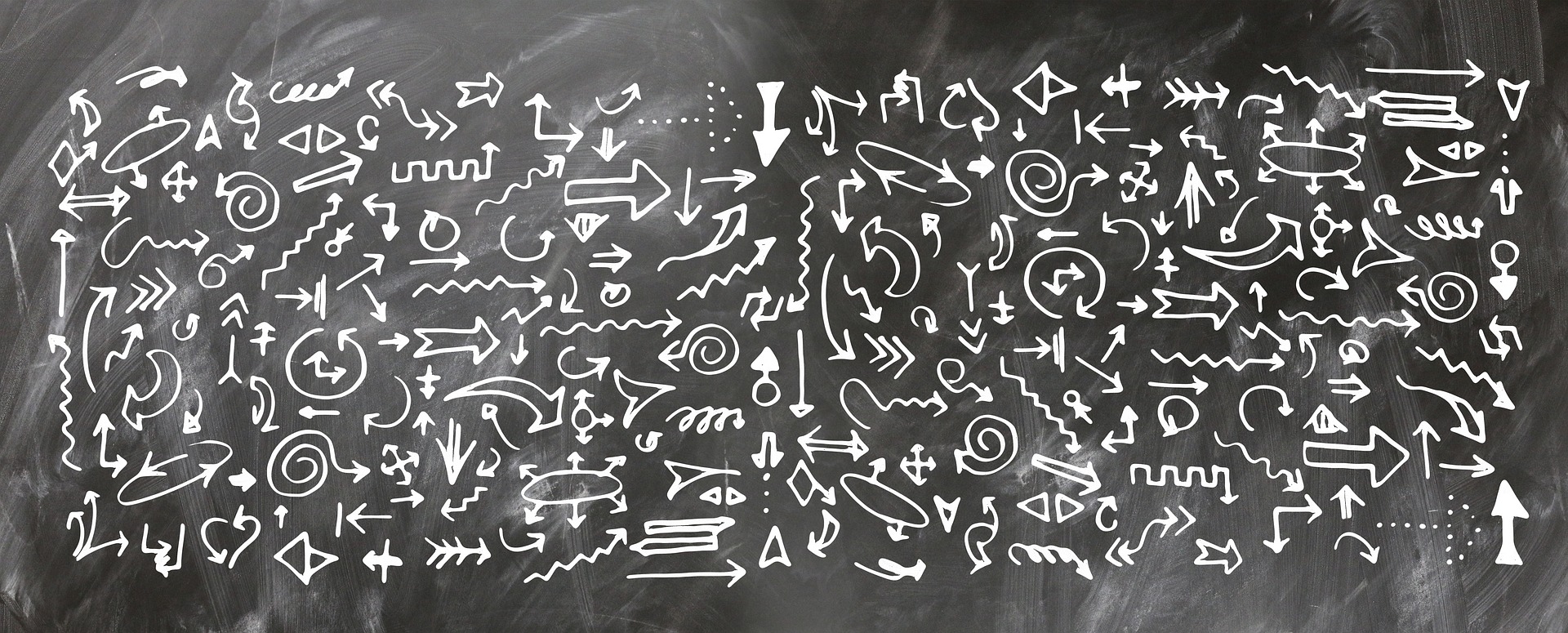
One recommended tool for challenging our unconscious biases
📢 DIE exercise. Describe, Interpret, Evaluate. (by Janet & Milton Bennett) 📢
The moment we see something, we immediately jump to an evaluation. Our biases are complex and plural. We can simultaneously have biases about gender, age, skin color, ethnicity, language, accent, religion, and many more. Usually, when we are in different contexts, different biases will be deployed.
The D.I.E. exercise helps us to describe not only what we see, but also how we feel, how we interpret and evaluate a situation. Using tools like the D.I.E. exercise can help us in going from a reactive state to a responsive state. Instead of jumping directly to evaluations or conclusions and therefore being in kind of a default mode, we should start by describing and interpreting a situation.
„It is okay not to get it right at first when identifying and dealing with biases. Because some of these have been hidden in our self-understanding and they do not change because we are suddenly aware of them. In fact, it will take time.“ (Livingstone Thompson)
Don’t let your assumptions and biases control you. You should control them!
RESPOND, DON’T REACT!
When was the last time you stopped and asked yourself:
WHAT BIASES ARE CONTROLLING AND MANAGING ME?
DO I LIVE BY DEFAULT OR BY DESIGN?
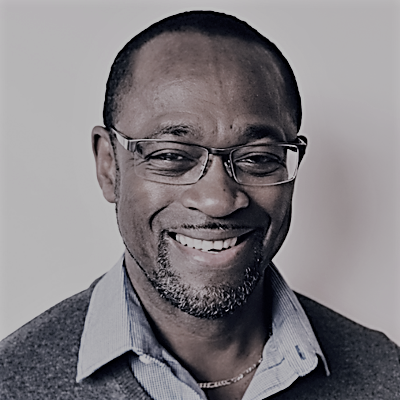
Livingstone Thompson
Fearless Diplomat

Shiva Roofeh
Curious Rebel
💡 Resources 💡
Kahneman, Daniel. 2011. Thinking, Fast and Slow. New York: Macmillan.
Bisceglio. Paul. 2017. “Your Stories of Battling Unconscious Bias.” The Atlantic (June 7).
Easterly, Debra M. and Cynthia S. Ricard. “Conscious Efforts to End Unconscious Bias: Why Women Leave Academic Research.”
12 Common Biases That Affect How We Make Everyday Decisions
5 Tips for Critical Thinking
yourbias.is
Critical Thinking Cards
Understanding Bias and Prejudice—And Violence
Confirmation Bias: Real Bias or Delegitimization Rhetoric?
A Bias Against Bias. If you have a brain, you’re biased.
Bias About Bias. Against all odds, people maintain the belief they are objective
Every Single Cognitive Bias in One Infographic

